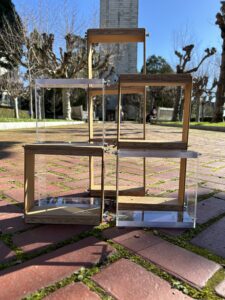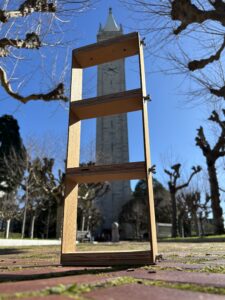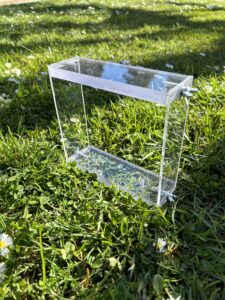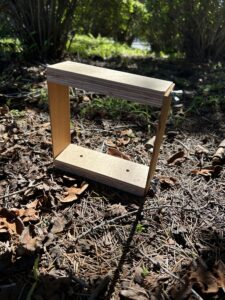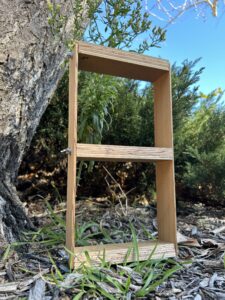STAIRlab members have been developing and testing a kit for mini shake table experiments, featuring all-new modular structural models of various story heights and materials, as well as the use of novel sensing strategies such as inertial measurement units (IMU) and non-contact sensing.
The STAIRLab Mini Shake Table Kit:
- Aids in the evaluation of different sensing strategies for structural health monitoring (SHM). This includes the use of: micro-electromechanical systems (MEMS) accelerometers, inertial measurements units (IMU), and non-contact sensing such as video data recording.
- Provides an interactive learning environment for concepts such as resonant frequencies, natural modes of vibration, stiffness and flexibility, and structural design.
The Kit Includes:
The Quanser Shaker II
This 30cm x 30cm shake table is capable of performing a variety of 1D motions, including sinusoids with amplitudes of up to 6 cm and frequencies of up to 5 Hz. It is also capable of producing chirps of amplitudes up to 2 cm. On top of all of these functions, the shake table can simulate many notable, real-world earthquakes, including the Northridge earthquake, Kobe earthquake, Mendocino earthquake, and El-Centro earthquake. The shake table should not be subjected to a vertical load exceeding 10 lbs to ensure optimal performance and prevent damage.
Building Models
Several (10 total) building models are configured modularly so that walls and floors can be conveniently combined into different configurations, including 4 three-story, 3 two-story, and 3 one-story models. They feature various combinations of polycarbonate, stiff steel, flexible steel, and wooden walls and polycarbonate or wooden floors. The joints are made flexible with split washers and counter-sunk bolts are used with wingnuts to let us disassemble and reassemble the models efficiently.
Movella DOT IMU Sensors
The Movella DOT IMU Sensors are cost-effective, lightweight motion trackers providing high accuracy through the implementation of robust algorithms, making it reliable in providing real-time human movement analysis– we are investigating how these high accuracy recordings effect the performance of system identification algorithms for SHM.


